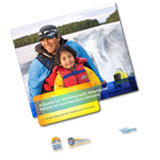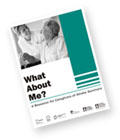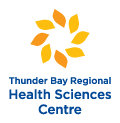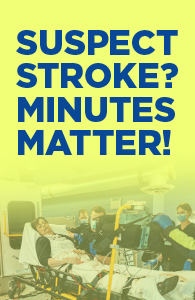Network Publications and Resources
NWORSN Presentations
NWORSN Research
2018 Research
For the NWORSN and EMS to collaborate and partner through education and knowledge translation activities to ensure timely and seamless care of stroke patients to optimize recovery and improve outcomes in NWO.
Improving Goals of Care Communication After a Severe Stroke
The aim of this quality improvement initiative was to increase patient and family satisfaction scores with quality and timing of goals of care conversations after a severe stroke by 20% by June 30, 2018.
To evaluate the effectiveness of the NWO TIA/MNDS TRIAGE Algorithm in achieving the CSBPR for Outpatient Management of TIA & MNDS.
2019 Research
Cannabidiol (CBD) and CYP2C19 – Loss of clopidogrel effectiveness through the use of cannabidiol?
To create awareness of this potential drug interaction which would have clinically significant impact on patient outcomes and influence the Canadian Best Practice Guidelines.
We want to understanding how an application may assist clinicians referring or accepting patients across emergency systems for access to stroke diagnosis and treatment opportunities.
WHY 911? Optimizing Stroke Care in Northwestern Ontario
To determine if Northwestern Ontario residents know the signs of stroke and how to access stroke care and to understand why people call 911 and choose not to call 911 during stroke symptom onset.
NWORSN Newsletters
| Year | Season |
|---|---|
| 2015 | Winter |
| 2014 | Spring |
| 2014 | Winter |
| 2013 | Spring |
NWORSN Publications

A guide for working with Aboriginal People of Northwestern Ontario

What about me? A Resource for Caregivers of Stroke Survivors
NWORSN Video Resources

As the Rivers Flow: Brain Attack
Following the path of the river, the Sharing Circle DVD uses Aboriginal (or the animal system) and medical teachings to understand the symptoms of a stroke or “brain attack”. The nature of warning signs and where to go for help are also discussed. The available languages of the video are Ojibwe, Oji-Cree and English. (17 Minutes)

Heartbeat of the Anishnawbe Nation
Learning about stroke and blood pressure management by means of both medical and Aboriginal traditions. The video will help you to understand how stroke and blood pressure is affected by smoking, diet, exercise, alcohol and medication. The language of the video is Ojibwe and dubbed in Oji-Cree and English. (19 Minutes)

Act Fast 1-2-3
The “Talking Stick”, passed from one community to another, helps children understand: what a stroke is, what are the warning signs and symptoms, stroke prevention, and where/how to seek help in case of a stroke. Children are introduced to the F-A-S-T Stroke Song, which helps them remember what they have learned about stroke. Filmed on location in First Nations communities in Northwestern Ontario, this video features talented children of the First Nations, teaching other First Nations children about stroke in their own ways and words.

Fitness Instructor Training Programme: Community-Based Exercise for People Living with Stroke
An instructor training package was produced in DVD format in order to provide a standardized, competency-based approach to training. Completion of the training programme enables non-health care professionals to deliver an exercise programme based on best practice to people living with stroke.
Click for more information on the Fitness Instructor Training Programme






